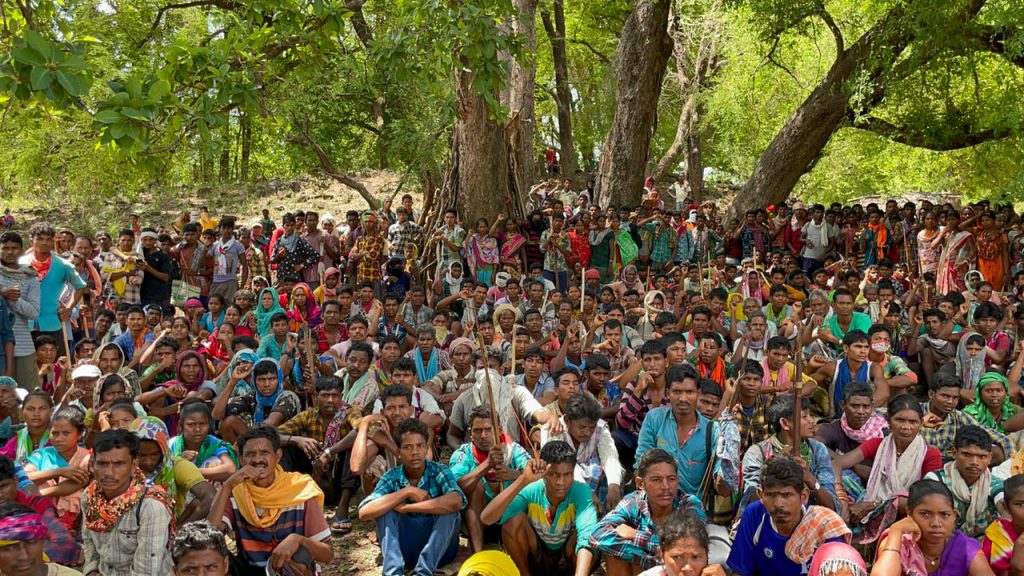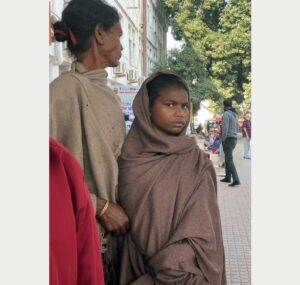
Years of oppression in the name of “development:” A tale of ongoing human rights violations in Bastar

In this essay Srishti Chourasia explores how capitalist ideas of “development” have uprooted the Adivasi way of life. A culture that relies heavily on ideas of collective space is being forced to confront the state’s privatization ambitions, significantly altering their relationship to their land and their ideas of ownership and community. Residents of Bastar are then not only forced to face the violence of displacement but also state violence in response to their protests.
India’s central and eastern regions are rich in mineral resources and are home to indigenous people accounting for 8.2 percent of the total population. The Adivasi community believes in collective living and resources such as jal, jungle, jameen (water, forest, land), but their way of life has been deeplyaffected by capitalism, economic liberalization and agrarian reforms. For centuries, Tribals opted for self-governance and the British administration framed them as “savages,” who need to be civilized in order to establish supremacy over indigenous populations and legitimize the violence of colonial policies. The British Raj also began the systematic attempt to sever the links between the Adivasis and the forests, which are integral to their way of life. The infringement on traditional and customary user’s rights, dictated by imperial strategic needs, began with the establishment of the Forest Department in 1864 and the Indian Forest Act of 1878, eventually taking the form…
Related Posts


Donald Trump’s Master Economic Plan I Opinion by Yanis Varoufakis




